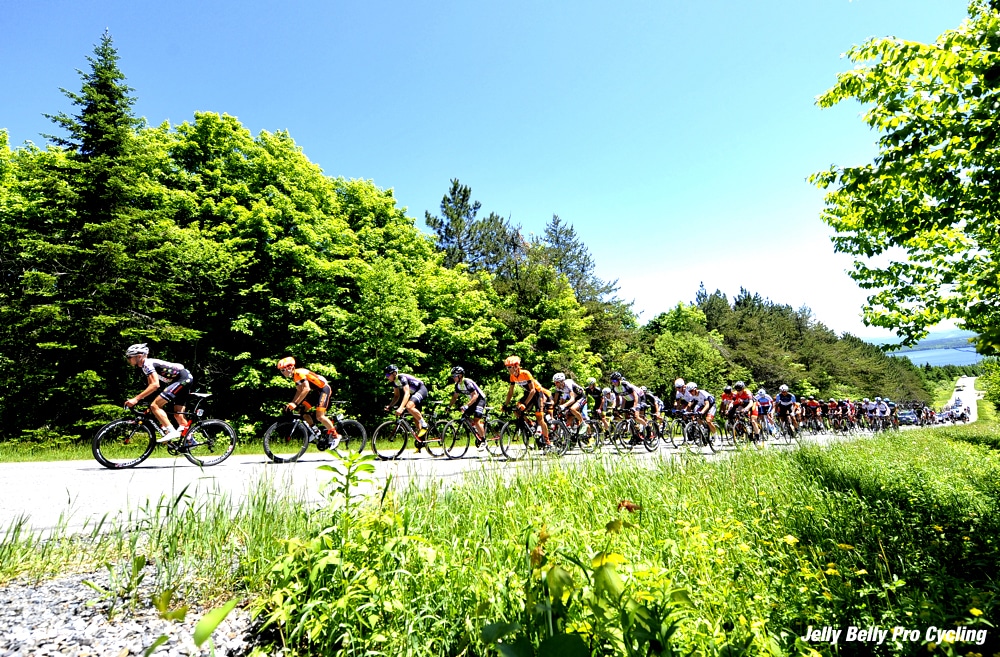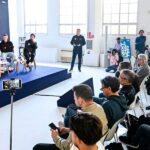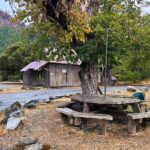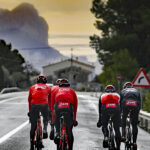
A year ago, Jordan shared the story of the crash that ended his professional bike racing career—a moment that felt like the conclusion of a life he’d spent a decade building. The road since then has been a mix of determination, heartbreak, and rediscovery. From pushing his body through grueling rehab to finding new ways to channel his competitive spirit, he’s navigated the painful process of letting go of an identity that defined him. What he’s learned, however, is that the end of one story doesn’t mean there’s nothing left to tell. It means embracing an entirely new narrative—one built not on what’s lost, but on what comes next.
When I wrote about my career-ending accident twelve months ago, I thought it was the end of a chapter in my life. My incredible, painful, exhilarating, and shattering arc as a professional bike racer touched down the moment my eyes opened in the hospital, and my wife Emily said the words: “It’s different this time.” This crash wasn’t like the others. The damage wouldn’t heal in time for the next race. Life was never going to be the same.

After a decade of fighting to make bike racing my life, somehow, I accepted the loss almost instantly. I still don’t know how or why, but I knew I would never race at a high level again, even if my body healed enough to let me. I was ready to accept that reality, but I wasn’t ready to accept what it meant. I remember thinking that I could go to work like I always have and somehow become a familiar version of the person I was before. I winced and grunted my way through rehab to walk again, and then to ride the trainer, and finally to pedal again on the road. I made myself strong again, forcing my body to do what I knew it could, even if it meant hours of agonizing back pain in exchange.

I filled my life with projects and opportunities to fill the void racing left behind. I booked work directing a U23 development team for the upcoming season, I co-wrote a 250-page book, I fulfilled a crazy dream, and started performing stand-up comedy. I spent more time with Emily, and we enjoyed “normal-people” things like brunch and weekend trips, things I never had time or energy for when being fast was my full-time job. I told myself that if I worked hard enough writing this new chapter, it would be a seamless transition from the last one. If I committed myself, the suffering would make sense, and the dark clouds of trauma would burn off. Once in a while, I felt a faint glimmer of the sense of meaning in my life that racing had always provided before. I kept working and hoping.

One of my big physical goals was to get myself in shape to lead a 4-day, 400+km training camp here in Tucson in January. After that, I planned to start racing time trials- a compromise Emily and I agreed on as a safe way to compete again. Just six months after complete thoracic spinal fusion surgery, I pulled it off. I couldn’t stop smiling. It was a true victory, rivaling my proudest wins in competition-my crash couldn’t stop me after all.
In the process, I had normalized the fact that my back ached with a deep, dull pain almost every hour of the day. I was a Pro, I did what it took to win, and my back would eventually get better because that was the story I was writing, one agonizing day at a time. Self-determination and hubris are two sides of the same sword.
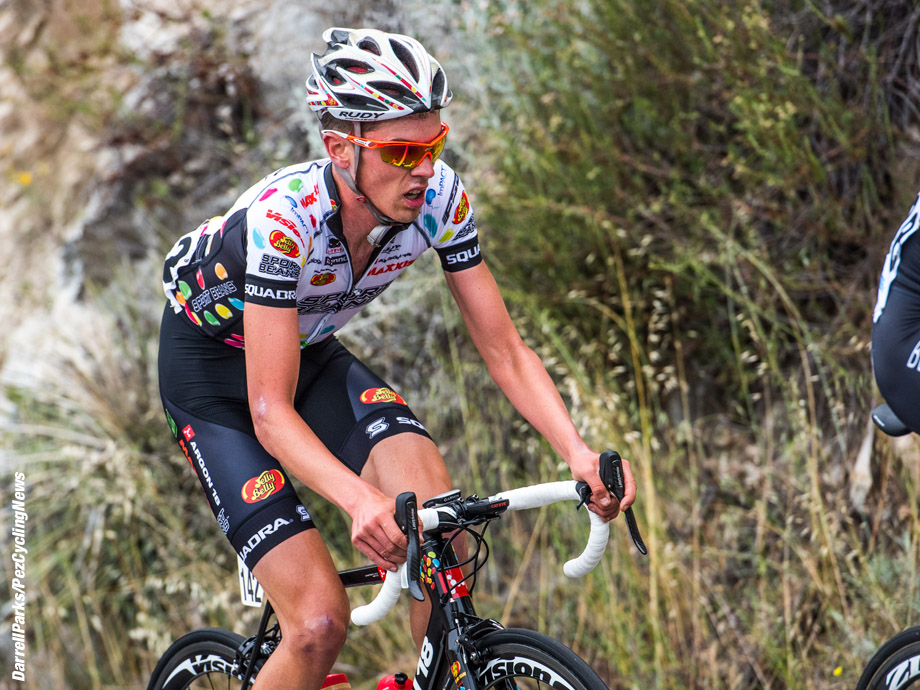
I woke up the day after camp with a new, stabbing pain between my shoulder blades. I had climbed 2500 meters to the top of Mount Lemmon the day before. I had just “overdone it” a little. That’s how I rationalized it away when I collapsed onto my handlebars trying to ride out of my driveway that afternoon, the muscles in my back failing to support my weight for the first time in months. The next day I made it a kilometer to the bike path before the pain broke me again. I took it in stride. The doctors all told me that my back was structurally healed and I could do as much activity as I could tolerate. I was working hard in rehab every day. All I had to do was grit my teeth, keep building my strength, and soon I would be “back to normal”. Pain was just pain, and I didn’t have time for it, even in this new, more severe form.

I regrouped and took a week off the bike to focus on recovery before I tried again. I got in the saddle, and I forced myself thirty minutes away from home, one pedal stroke at a time. Suddenly, tears started rolling down my cheeks as I turned into the frigid headwind to pedal back. I kept pedaling, staring into the sandy wash that lines the Pantano River Park bike path, its surface scarred by rain and debris, not thinking for once. In my head, a voice bigger than my own broke the silence: “It was just a dream, it’s time to let go”. I coasted to a stop, the pain ebbed for the first time in days, and I woke up.
There was no next chapter. The story had ended. It’s a painful lesson to learn, but there are pages in life that we don’t get to write ourselves. I had been blinding myself with the work and dreaming up a narrative that could not be. I wanted so badly for my accident to be another battle I won, for it to be against all odds, a moment that made my life as a bike racer mean more, not less. I was experiencing what might be the defining characteristic of the human condition: I wanted there to be a reason for my suffering. That day on the bike path, I accepted that I don’t get to pick what that reason is.

I haven’t ridden a bike since. My back still hurts every day, but without that relentless drive to train, my life isn’t about the pain anymore. The daunting reality is that I don’t know how much better my back will ever get now. I do know, however, that the weight of my identity won’t rest on whether my spine will let me ride or not. I am not particularly fit or strong any more, but I resent it less and less. I play golf, I walk the dog, and I try to remember what it felt like without comparing it to how I feel now. Thankfully, I don’t really miss the bike. I miss the high-stakes game, and no one gets to play at the big table forever.

I still believe what I wrote a year ago. That is, I believe what my director Paul told me that afternoon in a Colorado race hotel. There is “more to come” for me still. It’s just not the “more” I imagined. It’s not a new chapter. It’s an entirely new story, and in my better moments, I am grateful for that. I can pick the parts of bike racing I always loved the most and keep living them. Directing and coaching might have been what I was meant to do in the sport all along. The wins will never feel quite as earth-shattering in the team car as they did on two wheels. I think they might be more satisfying, though, because these wins live on with the riders instead of languishing in my nostalgia.

In a twist of fortune that I never asked for, it turns out I’m pretty good at the stand-up comedy thing. I have no idea how good, there’s no UCI ranking for comics, but I’ve managed to win some competitions. That’s one thing I have experience in, after all. The best thing I can say about it is that it feels like its worth doing, and I will never take that feeling for granted again.
I don’t like talking about what happened partly because people give me too much credit. I was never completely lost with Emily in my life. Fate took a lot from me, but I’ll always be lucky. I know now that I would rather lose myself than lose her. But I also know I couldn’t be the person she loves if I kept chasing that old story. It’s scary and it’s overwhelming, but it has to be. Nothing will ever be the same, but life never is.

The post Starting Over: Life Beyond the Finish Line appeared first on PezCycling News.

